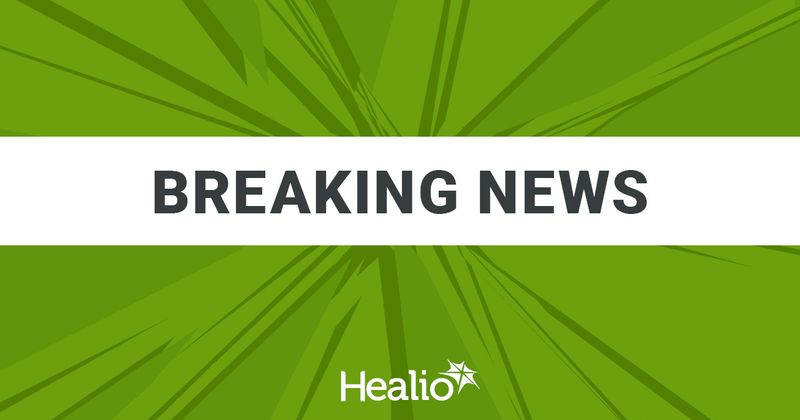FDA accepts sBLA, grants priority review for Dupixent to treat bullous pemphigoid
Key takeaways:
- If approved, Dupixent would be the first and only targeted medicine to treat bullous pemphigoid in the U.S.
- The submission was supported by a pivotal study which met its primary endpoint.
Editor’s note: This is a developing news story. Please check back soon for updates.
The supplemental biologics license application for Dupixent for the treatment of bullous pemphigoid in adults has been accepted by the FDA for priority review, Sanofi announced in a press release.

The acceptance of the Dupixent (dupilumab; Sanofi, Regeneron) application in this indication may give hope to the approximately 27,000 adults in the U.S. living with bullous pemphigoid (BP) that is uncontrolled by systemic corticosteroids.
Characterized as a chronic debilitating and relapsing skin condition, BP is driven by type 2 inflammation which causes blisters and rashes to form on the skin. These lesions are prone to infection as they tend to itch and subsequently bleed, putting many patients, the majority of which are advanced in age, at extreme risk.
Having previously received an orphan drug designation by the FDA for BP, Dupixent was also granted priority review due to its high potential in treating this serious condition. If approved, Dupixent would be the first and only targeted medicine to treat BP in the U.S.
The submission of this application was supported by data from a pivotal study evaluating the efficacy and safety of Dupixent in 106 patients with BP. According to the press release, the study met its primary endpoint with five times more Dupixent- vs. placebo-treated patients reaching sustained disease remission.
Sustained disease remission was defined as complete clearance of disease after tapering off oral corticosteroids by week 16, receiving only Dupixent for 20 weeks without rescue therapy and experiencing no relapse by week 36.
According to the press release, patients treated with Dupixent also reported reductions in itch, disease severity and use of oral corticosteroids.
Safety data showed that adverse events were more common among the Dupixent vs. placebo group with the most common presentations being peripheral edema, arthralgia, back pain, blurred vision, hypertension, asthma, conjunctivitis, constipation, upper respiratory tract infection, limb injury and insomnia.
According to the release, the clinical assessment of the safety and efficacy of Dupixent in BP is currently underway.
